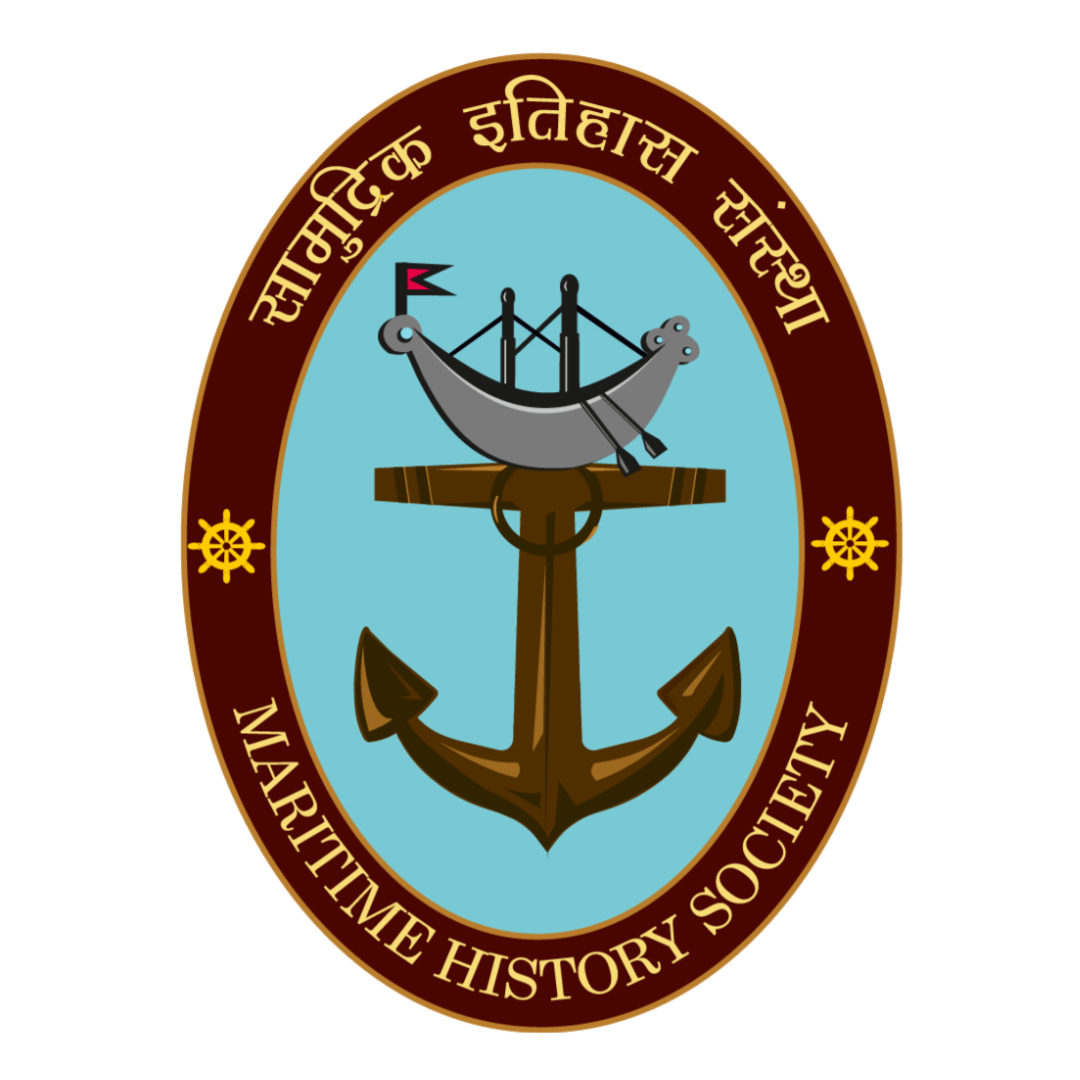“Nature has ensured that India’s geographic configuration makes her as reliant on the seas as any island nation. Geopolitical imperatives have in the recent past served to confirm the importance of the maritime domain in our national security matrix.”\
– Adm Arun Prakash (Retd) [Indian Naval Despatch, Winter 2020]
Throughout history, the maritime domain has been a crucial space in establishing new and emerging powers shaping regional dynamics. India’s maritime strategy represents the new strategic reality of the twenty-first century. The opening up of economies, growing seaborne trade, and the seamless connectivity in the maritime sector conveys India’s emerging role in maritime domain. As emphasized by K.M Panikkar, “It is the geographical position of India that changes the character of the Indian Ocean.” By the 21st century, Indian Navy’s global maritime outlook has become palpable in terms of trade, connectivity and security dynamics. Against this backdrop, the maritime strategy of India reflects the country’s maritime aspirations.
C Uday Bhaskar, in his article ‘Finally, a national maritime sherpa’ for the Hindustan Times expounded on rewiring of India’s long – neglected decision to appoint the national maritime security coordinator (NMSC) that can potentially harmonise and regulate India’s vast maritime spectrum. Two decades back an apex body was recommended by the Kargil Review Committee (The Kargil Group of Ministers), which was formed after the 1999 Kargil war. One of the important part of the defence body formation was to manage the country’s maritime affairs by enforcing linkages between the Indian Navy, the ICG and other ministries and the state governments or the central government.
Today, the Union government is set to appoint a National Maritime Security Coordinator (NMSC) who will be the principal adviser to the Government and will work under the National Security Adviser (NSA) on issues concerning maritime security and its various verticals. As explained by Shishir Gupta (Author), this decision will establish a better interface between the civilian and military maritime domains with the objective of enhancing India’s maritime security architecture.
Source 1 – Lowy Institute, September 2020
Source 2 – Financial Express, December 2020 https://www.financialexpress.com/defence/securing-indias-strategic-interests-by-building-capacity-in-indias
maritime-neighbourhood/2142643/
In cognizance, we try to understand why in recent years there has been a renewed focus on the maritime sector under the aegis of the Niti Ayog and policy focus on India’s Maritime strategy. The Indian Navy has been ramping up its presence in the Indian Ocean. In the vast expanse of oceans, it is effectively establishing a collective and inclusive security architecture with other countries in the region. On policy front – Security and Growth for All (SAGAR) approach, deepens security cooperation, on technological front – the formation of Information Fusion Centre-Indian Ocean Region (IFC-IOR) in 2018 that tracks the shipping traffic, bilateral, trilateral and multilateral exercises developing collective maritime competence, they imply how India has been an acknowledgement and response to myriad geopolitical demands.
India, which has a 7,500km coastline, 2 million km of exclusive economic zone and has maritime trade handling around 70% of trading in value terms, historically over the past years has suffered from sea blindness with land-based security doctrines. Amid this development, as we know the creation of NMSC becomes a catalyst for Prime Minister Narendra Modi’s vision of Act East Policy, SAGAR (Security and Growth of All in the Region), Deep Ocean Mission and the Sagarmala project and augments India’s standing in the global maritime ecosystem.
In conclusion, the navy’s intention to outline the geographic extension of its strategic influence indicates a critical development in India’s shifting maritime strategy. This links us back to the first point, which is India’s move to acknowledge the changes happening around India’s area of maritime interest and renew its structure keeping in line with India’s strategic interests. The initiative taken under the government to restructure is a step forward in voicing India’s intentions regarding maritime security. If the new propositions and transitioning imperatives in regards to appointing NMSC for maritime and coastal security are sustained, India will emerge as a credible leader and critical player in the evolving security architecture.
References
“Govt may appoint a National Maritime Security Coordinator to handle issues” https://www.business-standard.com/article/economy-policy/govt-may-appoint-national-maritime-security-coordinator-to-handle-issues-121071300876_1.html
Centre set to appoint National Maritime Security Coordinator – https://www.hindustantimes.com/india-news/centre-set-to-appoint-national-maritime-security-coordinator-101626202194603.html
Finally, national amriitme sherpa https://www.hindustantimes.com/opinion/finally-a-national-maritime-sherpa-101626349928117.html
OPINION: India finally gets a Maritime Security Coordinator https://www.theweek.in/news/india/2021/04/20/opinion-india-finally-gets-a-maritime-security-coordinator.html



0 Comments